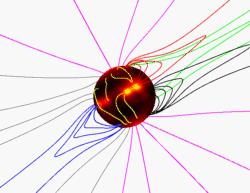Magnetic field lines from a computer simulation of the solar corona show some of the complexity of the Sun's magnetic field. Colors on the Sun's surface show the strength of the magnetic field (yellow is largest).
Click on image for full size
Helmet Streamers and the Magnetic Structure of the Corona
The gas in the solar corona is at very
high temperatures (typically 1-2 million
kelvins
in most regions) so it is almost completely in a plasma
state (made up of charged particles, mostly protons and electrons).
Strong magnetic fields thread through the corona. Where these magnetic lines
of force are closed, the magnetic field is strong enough to trap
the solar plasma and keep it from escaping. Plasma accumulates
in these regions and forms the beautiful structures call helmet
streamers seen during solar eclipses.
Prominences are often situated beneath helmet streamers, and active
regions occur beneath streamers near the equator (sometimes called
active regions streamers). In some regions, the coronal magnetic
field cannot confine the plasma, and the plasma expands outward,
reaching supersonic velocities. Regions on the Sun with these
open magnetic field lines (which stretch far out into the solar system)
correspond to coronal holes and are the source of the solar wind, which
accelerates outward from the Sun and fills interplanetary space.
The electrons in the coronal hole plasma are typically cooler and
less dense than streamers,
and so they show up as dark regions in both X-rays and white light.
Scientists try to understand the Sun (and other things as well)
by developing mathematical models. Frequently the equations
that represent the solar plasma are so complicated a computer
must be used to solve them. The magnetic field lines on the
left image are from a computer simulation that solved
the magnetohydrodynamic (MHD) equations, which give
a good representation of many types of plasma behavior.
You might also be interested in:
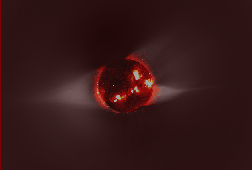
Rising above the Sun's chromosphere , the temperature jumps sharply from a few tens of thousands of kelvins to as much as a few million kelvins in the Sun's outer atmosphere, the solar corona. Understanding
...more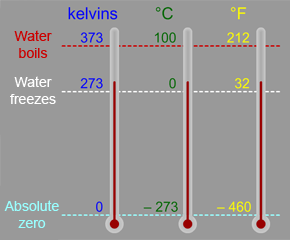
The Kelvin scale is a temperature scale that is often used in astronomy and space science. You are probably more familiar with the Celsius (or Centigrade) scale, which is part of the metric system of measures,
...more
Plasma is known as the fourth state of matter (the first three states being solid, liquid and gas).Matter in ordinary conditions on Earth has electrons that orbit around the atomic nucleus. The electrons
...more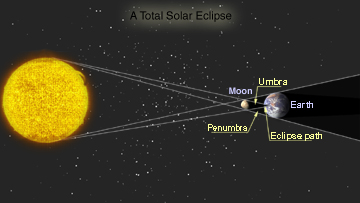
An eclipse of the Sun occurs when the Earth passes through the Moon's shadow. A total eclipse of the Sun takes place only during a new moon, when the Moon is directly between the Sun and the Earth and
...more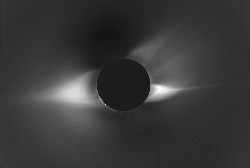
The last solar eclipse of this millennium occurred on August 11, 1999. Amateurs and professionals alike used this opportunity to witness one of the most brilliant natural phenomenon. This was a total
...more
Eclipses have been monitored for centuries, but it was only recently that we understood what really occurs. Eclipses have always been fascinating to watch, but they weren't always welcome. For many years,
...more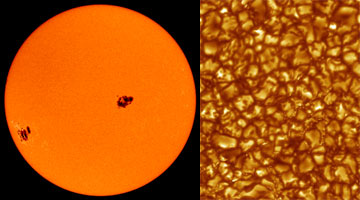
Most of the energy we receive from the Sun is the visible (white) light emitted from the photosphere. The photosphere is one of the coolest regions of the Sun (6000 K), so only a small fraction (0.1%)
...more


